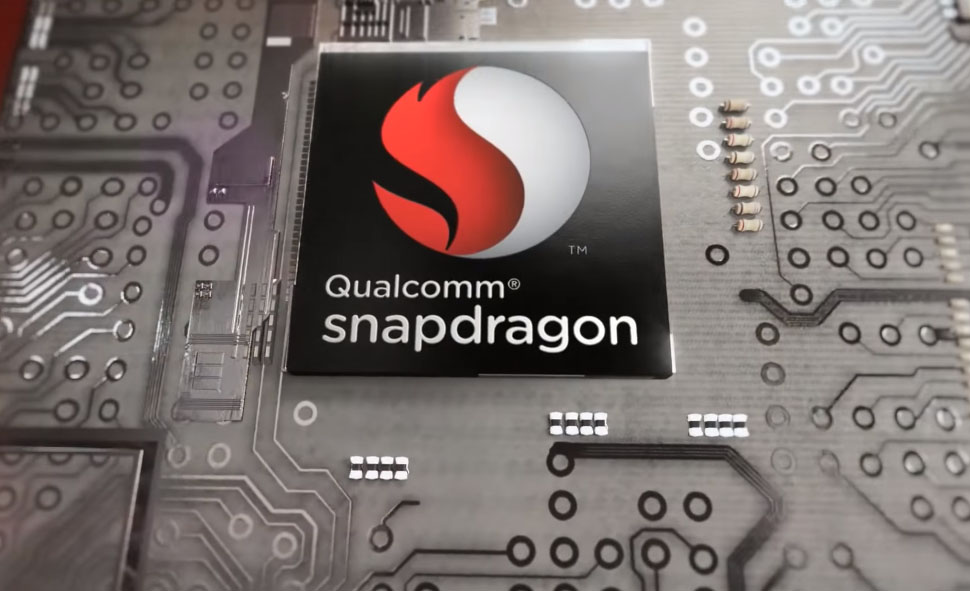To help grow the booming number of experiences available to owners of a VR headset, Qualcomm introduced the Snapdragon VR SDK this morning, giving access to tools for VR developers that will help simplify the process of creating compatible applications.
According to Qualcomm, the Snapdragon 820 processor is more than capable of creating immersive VR experiences for consumers, but without the right set of tools, developers will face difficulty attempting to create applications. With the SDK, developers can heighten power efficiency, as well as improve performance across the board during the creative process.
Qualcomm detailed a bit of the tech that is opened inside of the SDK, including DSP sensor fusion, VR layering, and stereoscopic rendering with lens correction. The list of included tech is below.
With chipmakers now completely onboard to help create better VR experiences, consumers interested in virtual reality should be in for a real treat once developers get their hands on the SDK. Qualcomm states that the SDK should be available in Q2 of this year.
Supported Tech in Snapdragon VR
- DSP sensor fusion: Utilizing the full breadth of technologies built into Snapdragon 820, the SDK enables developers to create more responsive and immersive experiences by easily accessing the right combination of high frequency inertial data from gyroscopes and accelerometers via the Snapdragon Sensor Core and predictive head position processing with the Qualcomm® Hexagon™ DSP
- Fast motion to photon: Supports asynchronous time warp with single buffer rendering for fast transformation of rendered images in 3D space, which helps reduce latency by up to 50% compared with not using the SDK
- Stereoscopic rendering with lens correction: Supports 3D binocular vision with color correction and barrel distortion for improved visual quality of graphics and video, enhancing the overall VR experience
- VR layering: Generation of menus, text, and other overlays so that they render correctly in a virtual world, reducing distortions that would otherwise make them difficult to read
- Power management: Integration with the Qualcomm® Symphony System Manager SDK to provide cohesive CPU, GPU, and DSP power and performance management to help achieve stable frame rates for VR applications running in low-power, thermally-constrained devices – improving power efficiency compared to not using the SDK

Collapse Show Comments